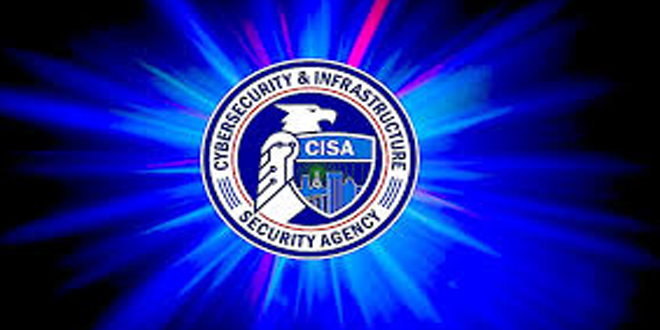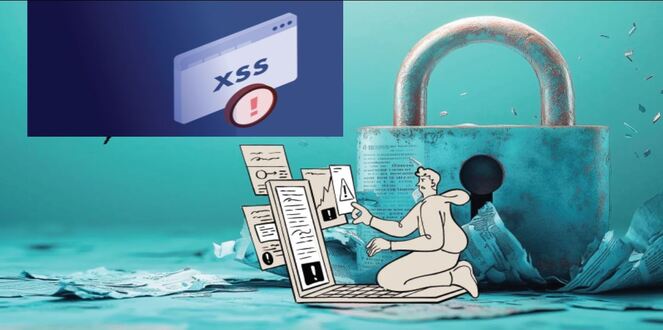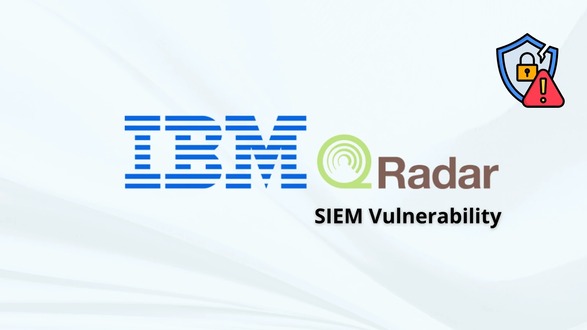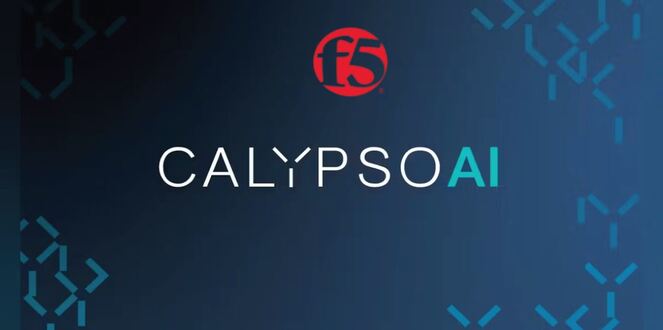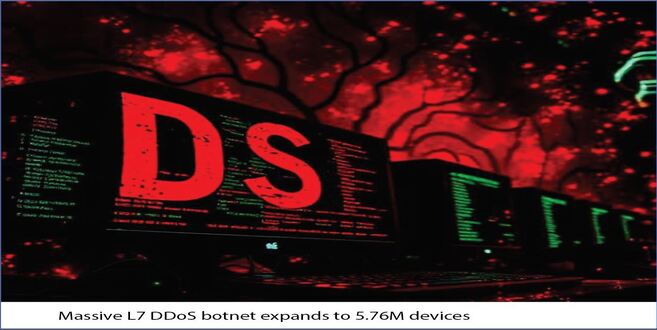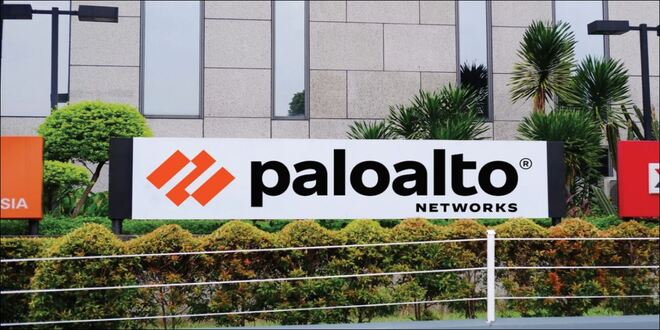CISA published a guide on using Encrypted Domain Name System (DNS) for federal civilian agencies to improve cybersecurity and meet OMB Memorandum M-22-09 requirements.
Traditionally, the DNS protocol didn’t have ways to make sure requests and responses were confidential, secure, or authentic. However, the M-22-09 guideline requires agencies to encrypt DNS traffic and use CISA’s Protective DNS capability for egress DNS resolution. This guide will help agencies implement technical capabilities for their networks, DNS infrastructure, on-premises endpoints, cloud deployments, and mobile devices.
By infosecbulletin
/ Tuesday , September 16 2025
Cross-Site Scripting (XSS) is one of the oldest and most persistent vulnerabilities in modern applications. Despite being recognized for over...
Read More
By infosecbulletin
/ Monday , September 15 2025
Every day a lot of cyberattack happen around the world including ransomware, Malware attack, data breaches, website defacement and so...
Read More
By infosecbulletin
/ Monday , September 15 2025
A critical permission misconfiguration in the IBM QRadar Security Information and Event Management (SIEM) platform could allow local privileged users...
Read More
By infosecbulletin
/ Monday , September 15 2025
Australian banks are now using bots to combat scammers. These bots mimic potential victims to gather real-time information and drain...
Read More
By infosecbulletin
/ Saturday , September 13 2025
F5 plans to acquire CalypsoAI, which offers adaptive AI security solutions. CalypsoAI's technology will be added to F5's Application Delivery...
Read More
By infosecbulletin
/ Saturday , September 13 2025
The Villager framework, an AI-powered penetration testing tool, integrates Kali Linux tools with DeepSeek AI to automate cyber attack processes....
Read More
By infosecbulletin
/ Saturday , September 13 2025
Samsung released its monthly Android security updates, addressing a vulnerability exploited in zero-day attacks. CVE-2025-21043 (CVSS score: 8.8) is a...
Read More
By infosecbulletin
/ Saturday , September 13 2025
Albania has appointed the first AI-generated government minister to help eliminate corruption. Diella, the digital assistant meaning Sun, has been...
Read More
By infosecbulletin
/ Thursday , September 11 2025
On September 1, 2025, Qrator Lab identified and managed a major attack from the largest L7 DDoS botnet seen so...
Read More
By infosecbulletin
/ Thursday , September 11 2025
A new vulnerability, CVE-2025-4235, in Palo Alto Networks’ User-ID Credential Agent for Windows, could reveal a service account's password in...
Read More
“As the operational lead for federal cybersecurity, CISA developed this guide to assist federal agencies with understanding and implementing key actions and protocols to begin encrypting DNS traffic,” said Eric Goldstein, Executive Assistant Director for Cybersecurity, CISA. “This guide will help agencies progress further in their zero trust security journey. CISA continues our efforts and collaboration with agencies to modernize federal agency cybersecurity successfully and securely.”
This document provides resources to help agency personnel understand the requirements and engage in the transition work. It includes a high-level implementation checklist, recommendations for phased implementation, and technical guidance. Implementing encrypted DNS will align civilian agencies’ security architecture with zero trust principles.
This guide is for federal agencies, but all organizations are encouraged to use it as a benchmark for applying zero trust efforts.
 InfoSecBulletin Cybersecurity for mankind
InfoSecBulletin Cybersecurity for mankind
